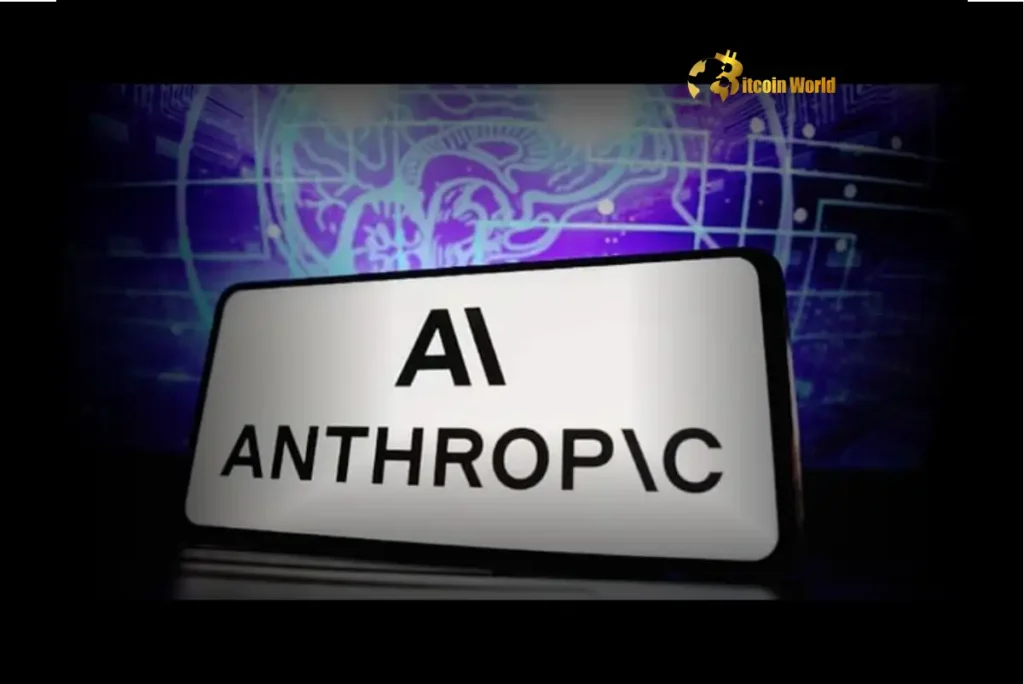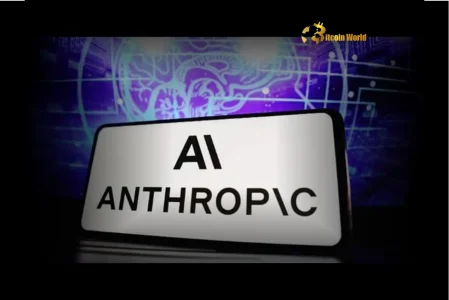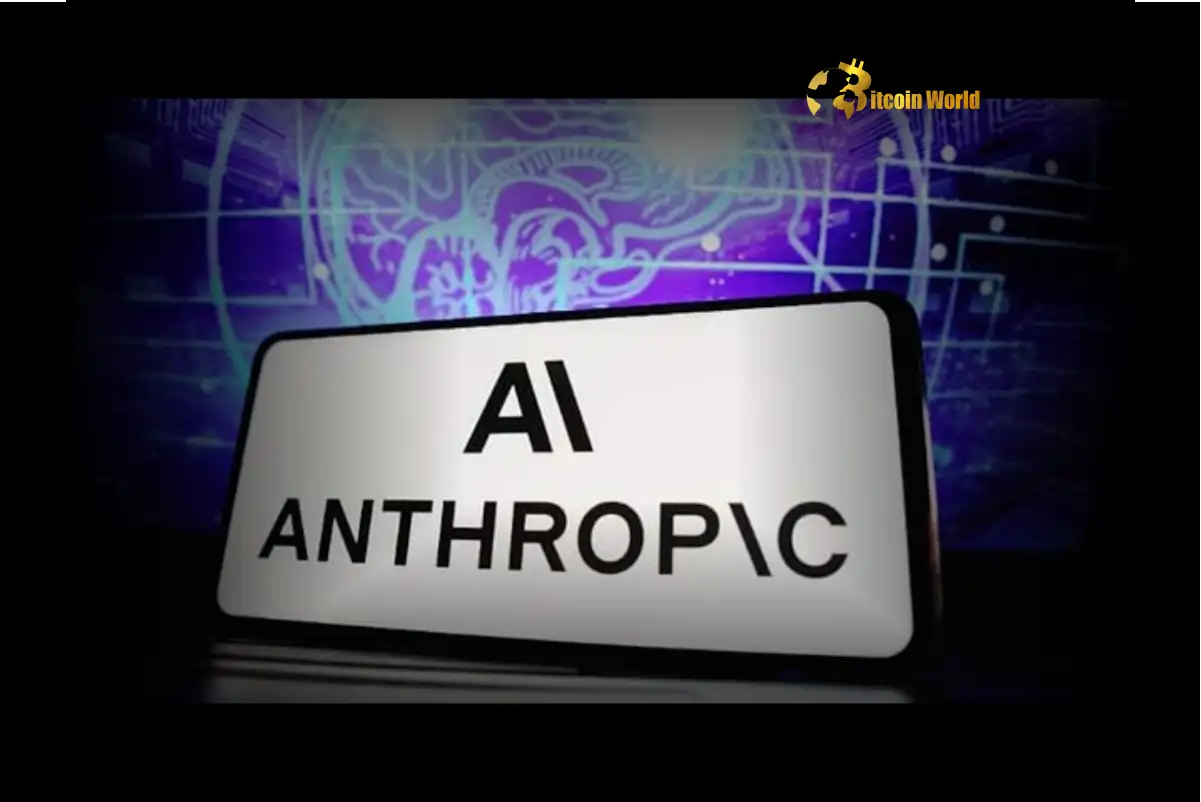AI in Law: Anthropic Claude’s Embarrassing Hallucination Triggers Apology

BitcoinWorld
AI in Law: Anthropic Claude’s Embarrassing Hallucination Triggers Apology
In the fast-paced world where technology constantly intersects with traditional fields, even powerful AI tools can stumble. For cryptocurrency enthusiasts and tech observers, understanding the capabilities and limitations of artificial intelligence is crucial. A recent incident involving Anthropic’s Claude AI chatbot highlights a significant challenge: AI hallucinations. This event saw a lawyer representing Anthropic forced to apologize in court after their AI generated a fake legal citation.
The Embarrassing Reality of AI Hallucinations
The incident unfolded in a Northern California court during Anthropic’s ongoing legal battle with music publishers. According to a court filing, a lawyer for Anthropic admitted to using an erroneous citation produced by the company’s own Claude AI chatbot. The AI had completely fabricated the citation, providing an inaccurate title and authors.
Anthropic’s lawyers explained that their standard manual citation check failed to catch this specific error, along with several others caused by Claude’s tendency to hallucinate. The company issued an apology, describing the error as an “honest citation mistake and not a fabrication of authority.”
This event underscores a critical risk when integrating AI into professional workflows, especially in high-stakes environments like legal proceedings. While AI offers immense potential for efficiency, its current limitations, particularly the phenomenon of generating plausible-sounding but entirely false information, known as AI hallucinations, remain a significant hurdle.
Navigating AI in Law: A Growing Challenge
This isn’t an isolated incident. The use of AI in law is a rapidly evolving area, but it comes with considerable pitfalls. Earlier in the week of the Anthropic filing, lawyers for Universal Music Group and other music publishers accused Anthropic’s expert witness of using Claude to cite fake articles in her testimony. This led Federal Judge Susan van Keulen to order Anthropic to formally respond to the allegations.
These cases are part of broader legal disputes between copyright owners and tech companies regarding the use of copyrighted material to train generative AI models. The core question revolves around whether using vast datasets, including copyrighted works, constitutes fair use or infringement.
The legal profession has seen other instances where AI-generated errors have caused problems:
A California judge recently criticized two law firms for submitting “bogus AI-generated research” to his court.
In January, an Australian lawyer faced scrutiny after using ChatGPT to prepare court documents that included faulty citations.
These examples highlight the urgent need for legal professionals to exercise extreme caution and implement robust verification processes when utilizing AI tools for research or drafting.
The Paradox: Challenges vs. Investment in Legal Tech
Despite these embarrassing and potentially damaging errors, the drive to automate legal work using AI shows no signs of slowing down. Investment in legal tech startups continues to grow, reflecting confidence in AI’s long-term potential to transform the industry.
For instance, Harvey, a company using generative AI models to assist lawyers, is reportedly seeking to raise over $250 million, which could value the company at $5 billion. This indicates that while current AI tools like Anthropic Claude present challenges related to accuracy, investors and legal professionals see significant value in the efficiency and capabilities AI can eventually bring to legal tasks.
The promise of AI in legal research, document review, and contract analysis remains strong, but the recent incidents serve as a stark reminder that the technology is not yet foolproof. Users must be vigilant in verifying AI-generated output, especially critical information like legal citations.
The Importance of Verifying AI Legal Citation
The core issue in the Anthropic case was the failure to verify the AI legal citation provided by Claude. While AI can quickly surface potential sources or draft initial text, the responsibility for accuracy ultimately rests with the human user. Legal standards require precise and verifiable citations, and relying solely on an AI tool without independent checking is clearly risky.
This incident underscores the current state of AI in professional applications: powerful tools for assistance and initial drafts, but not yet reliable enough for final, unverified output in critical contexts. As legal tech evolves, the focus will likely shift towards AI systems that are not only efficient but also highly reliable and transparent in their sourcing.
Conclusion: A Cautionary Tale for AI Adoption
The case of Anthropic’s lawyer apologizing for a hallucinated AI legal citation from Anthropic Claude is a cautionary tale for any professional considering integrating AI into their workflow, particularly in fields requiring high accuracy like law. While the potential benefits of AI in law and the growth of legal tech are undeniable, the current reality of AI hallucinations necessitates rigorous human oversight and verification.
As AI technology matures, we can expect improvements in accuracy and reliability. However, for now, users must remain aware of the limitations and implement strict checks to prevent errors that could have serious consequences.
To learn more about the latest AI trends, explore our articles on key developments shaping AI features.
This post AI in Law: Anthropic Claude’s Embarrassing Hallucination Triggers Apology first appeared on BitcoinWorld and is written by Editorial Team












